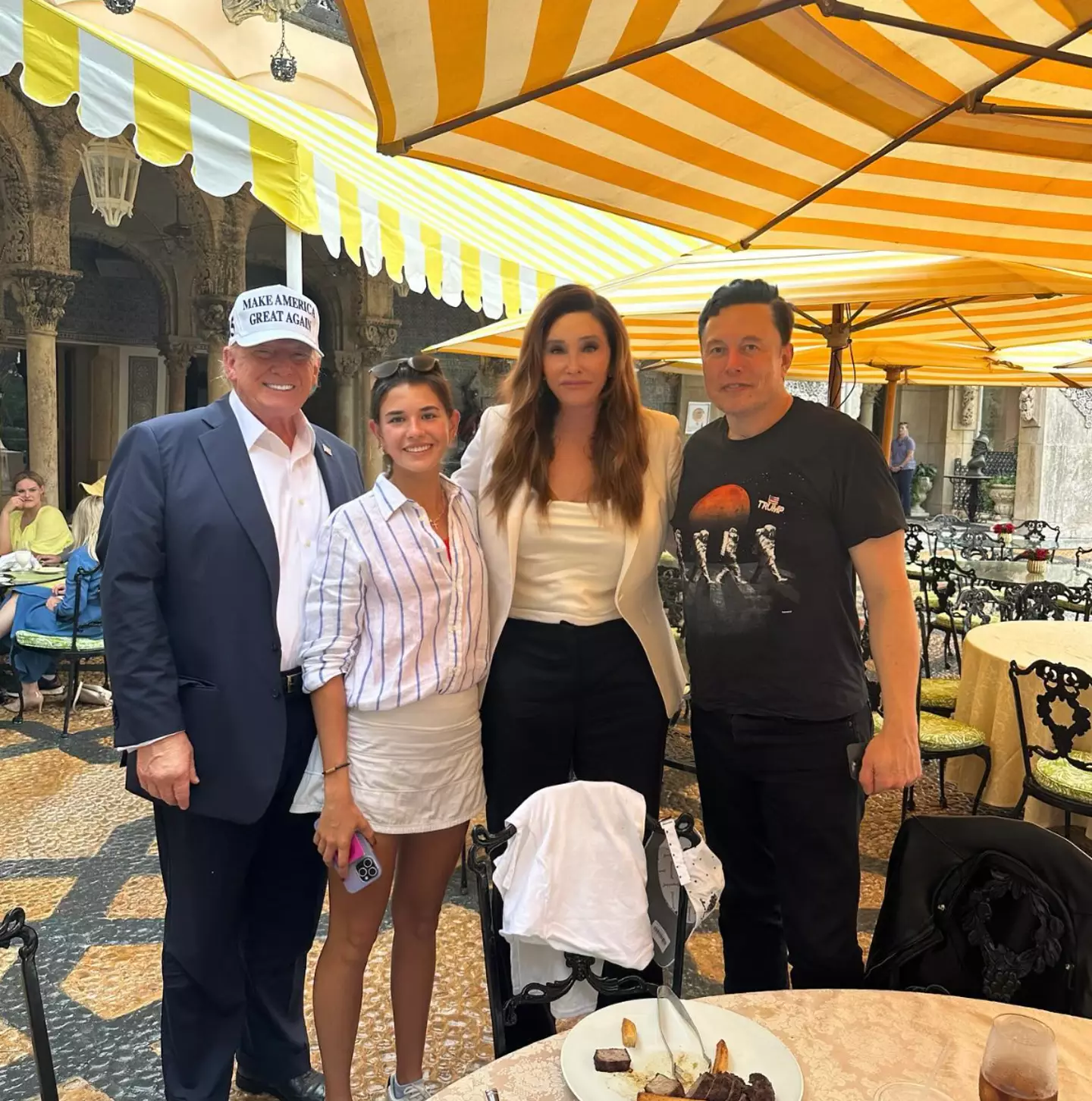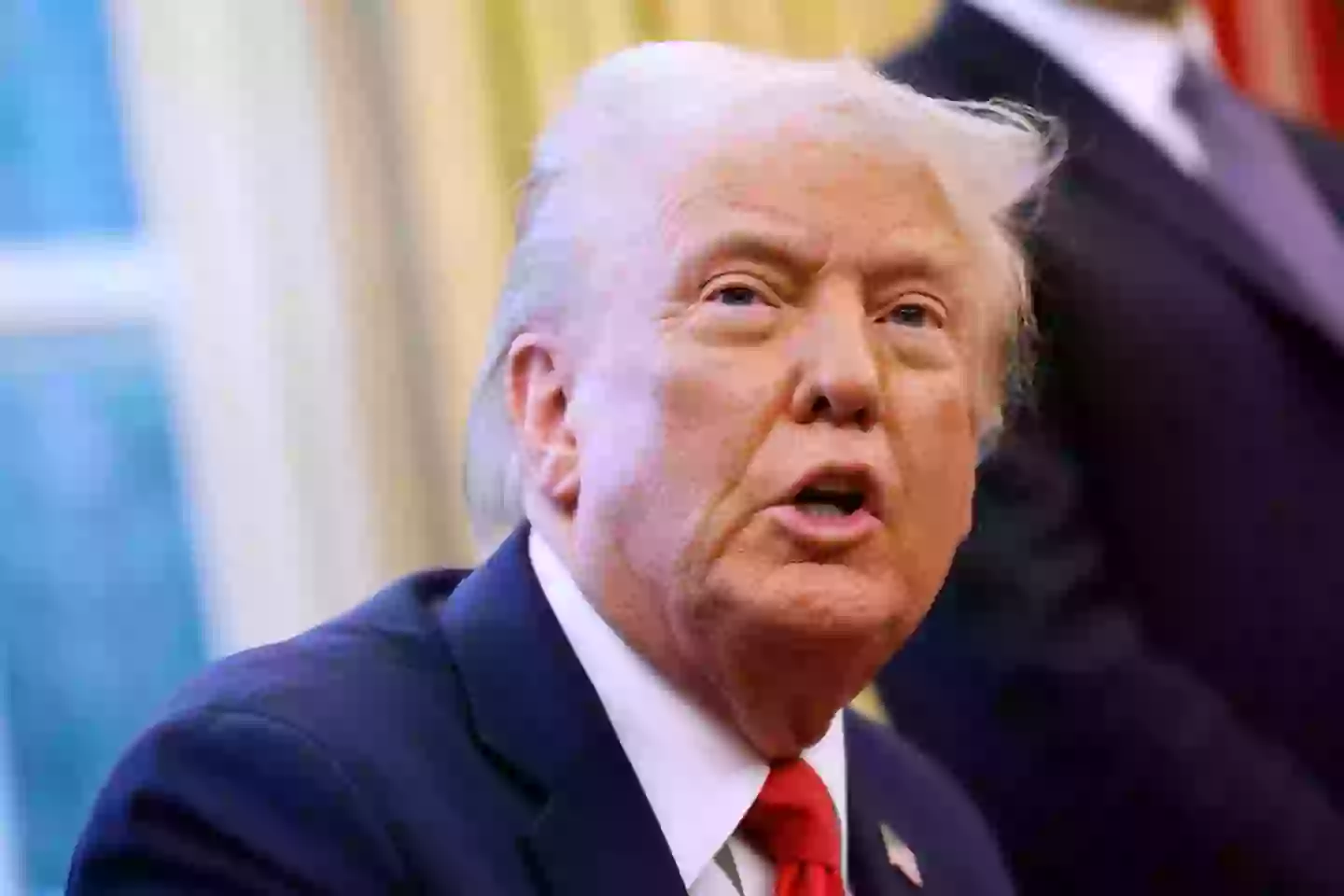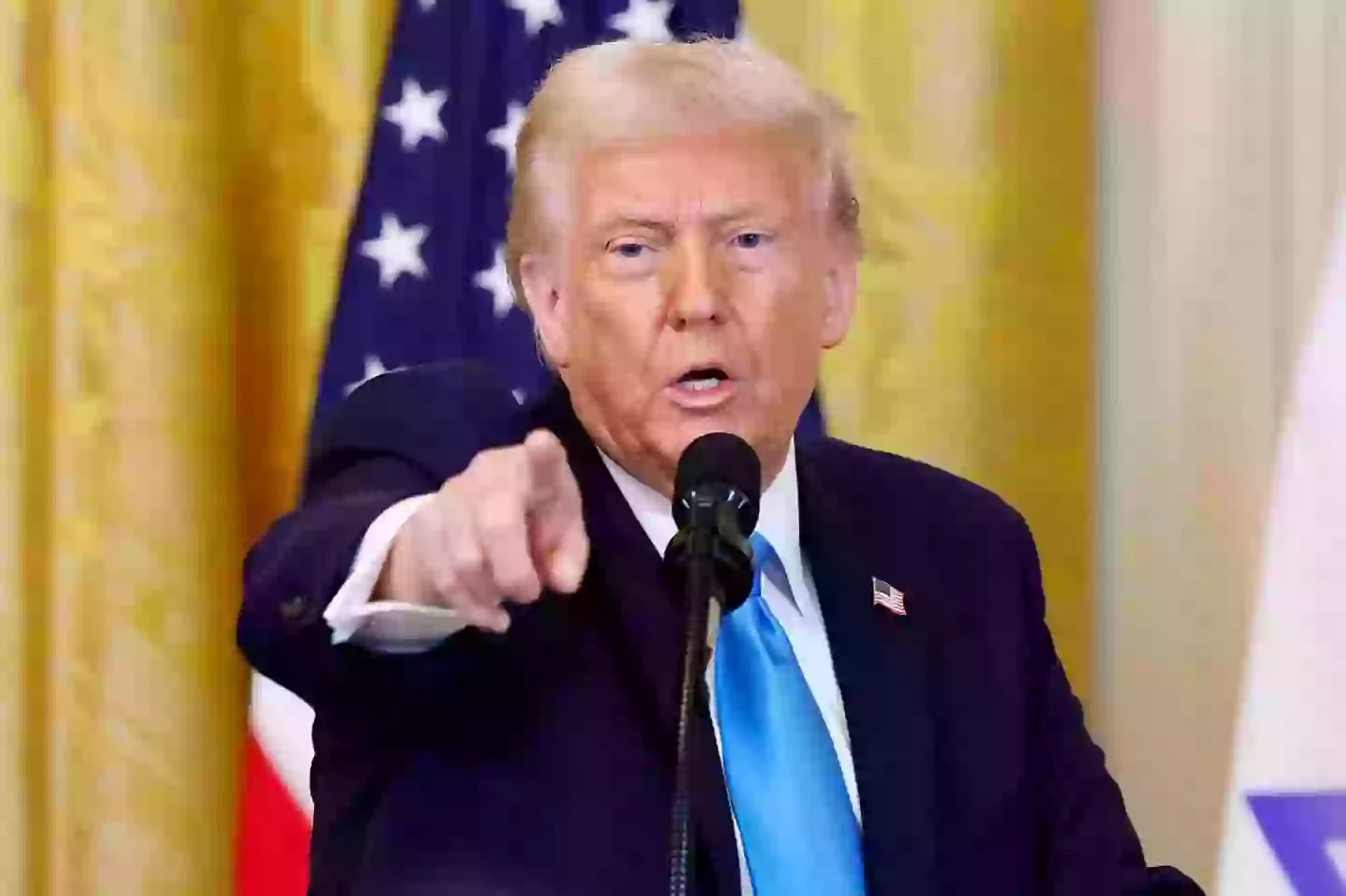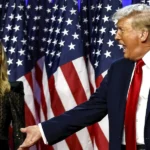In a move that has ignited intense debate nationwide, former President Donald Trump has signed an executive order aimed at banning transgender athletes from participating on girls’ and women’s sports teams. The order, signed on Wednesday, February 5, 2025, seeks to restrict federal funding for schools that allow transgender athletes to compete with female athletes by leveraging Title IX provisions. This latest policy action has prompted strong reactions from both supporters and critics, with notable public figures such as Caitlyn Jenner voicing their perspectives on the matter.
Key Provisions of the Executive Order
The executive order represents a sweeping effort to redefine eligibility for participation in girls’ and women’s sports within federally funded institutions. At its core, the policy mandates that schools allowing transgender athletes to compete on teams designated for girls or women risk losing federal funds. In a statement from the White House, Trump declared, “We will defend the proud tradition of female athletes. From now on, women’s sports will be only for women. The war on women’s sports is over.” He further described the order as part of a broader initiative to reclaim cultural norms and enforce laws that protect against sex discrimination.
Under the current framework of Title IX—a federal law that prohibits sex discrimination in schools and educational programs—institutions that are found to discriminate based on sex can lose federal funding. Trump’s order directs the Department of Education to alert schools that permitting transgender athletes to compete in girls’ and women’s sports would constitute a violation of these legal standards. Additionally, the order threatens to subject non-compliant schools to investigations and subsequent funding cuts if they fail to align with the new guidelines.
Trump’s Rationale and Historical Context
Former President Trump has been vocal about his views on gender and trans issues in previous statements. He has often maintained that the U.S. government should recognize only two genders, emphasizing what he describes as a “fundamental and incontrovertible reality.” According to a segment of the policy, federal agencies are instructed to stop “pretending that men can be women and women can be men” when enforcing anti-discrimination laws. This language indicates that the order would not recognize transgender, non-binary, intersex, or two-spirit individuals under the current definitions of sex as determined at conception.
The order also includes directives to end what Trump characterizes as “wasteful” government programs that promote diversity and inclusivity. It is positioned as an effort to defend traditional values in sports, particularly in the context of a long-standing debate over whether transgender women should compete in women’s sports.
The policy’s controversial definitions have sparked considerable criticism from advocates and experts. For instance, the order defines “female” as a person belonging, at conception, to the sex that produces the large reproductive cell, and “male” as a person belonging, at conception, to the sex that produces the small reproductive cell. Critics argue that these definitions are scientifically flawed, noting that sexual differentiation in human embryos does not occur at conception, and that all embryos initially follow a similar developmental path before later differentiating.

Ash Lazarus Orr, press relations manager at Advocates for Trans Equality, stated, “It’s especially egregious that this order defines ‘sex’ as starting ‘at conception,’ which is impossible. While it’s possible to know chromosomal information, human embryos don’t show sexual differentiation at that stage— and all embryos initially develop along ‘female’ lines until later in development.”
Caitlyn Jenner’s Response and Public Reaction
In a surprising twist, Caitlyn Jenner, a former Olympian and one of the most prominent transgender figures in public life, voiced her support for Trump’s executive order on the social media platform X. Jenner, who publicly transitioned in 2015 and has maintained her status as an influential Trump supporter, tweeted:
“Another victory in the fight for protecting women’s sports! President Trump signs an Executive Order keeping biological men out of women’s sports!”
Jenner further stated, “As an Olympian, I will continue to fight this issue, lobbying sport governing bodies all over the world to follow our lead!” Her enthusiastic endorsement has added a complex layer to the public discourse surrounding the order, as many were surprised to see a transgender advocate aligning with policies that critics say are fundamentally discriminatory.
The reaction to Jenner’s statement has been mixed. While some applaud her stance as a bold stand for preserving the integrity of women’s sports, many in the LGBTQ+ community and beyond have expressed disbelief and concern. Critics argue that the policy, coupled with Jenner’s support, undermines the rights of transgender individuals by effectively erasing their identity and denying them equal participation in athletic competition.
Legal and Social Implications
The executive order’s reliance on Title IX to enforce its restrictions has significant legal implications. Title IX has been a cornerstone of protecting against gender discrimination in educational institutions, and any shift in its interpretation or enforcement could have far-reaching consequences. By threatening to withdraw federal funds from schools that allow transgender athletes to compete in girls’ and women’s sports, the order sets the stage for a series of legal challenges that could eventually reach the courts.
Legal experts are closely monitoring the situation, as they anticipate that this policy will be the subject of intense litigation. They caution that while the order reflects the administration’s commitment to a particular interpretation of gender, it may conflict with evolving legal standards and recent court decisions that have increasingly recognized the rights of transgender individuals.
Furthermore, the order is likely to intensify the cultural and political polarization surrounding transgender rights. With many states and educational institutions already grappling with issues related to gender identity and inclusion, Trump’s directive is expected to ignite debates at both the federal and state levels. The potential for widespread litigation, combined with public protests and political mobilization, could result in a turbulent period for policies related to LGBTQ+ rights.
Socially, the policy represents a clear departure from efforts aimed at fostering inclusivity and diversity. The order’s language, which frames transgender identities as incompatible with the traditional notion of “female” sports, reinforces divisive narratives that many activists and community leaders have long sought to challenge. Critics argue that such policies not only marginalize transgender individuals but also perpetuate harmful stereotypes that contribute to discrimination and social exclusion.
Broader Context: Trump’s Record on Trans Rights
Trump’s current executive order is part of a broader pattern of policy decisions and public statements regarding transgender rights. Previously, he has vowed to end government programs that “promote… gender transition at any age” and to cut funding from hospitals providing gender-affirming care. His administration’s stance has consistently emphasized a binary understanding of gender, rejecting contemporary scientific and social perspectives that recognize gender as a spectrum.

This hardline approach has resonated with a segment of the electorate that values traditional gender roles and sees such measures as a defense of longstanding cultural norms. However, it has also drawn fierce criticism from human rights organizations, medical professionals, and advocates for transgender rights. Many argue that Trump’s policies not only fail to protect the rights of transgender individuals but actively contribute to an environment of exclusion and hostility.
The executive order, with its clear language on biological sex as defined at conception, is emblematic of this approach. By asserting that “men can’t be women and women can’t be men” in the enforcement of anti-discrimination laws, the policy directly challenges efforts to recognize and accommodate the diversity of gender identities. This stands in stark contrast to recent shifts in policy at various levels of government, where there has been a growing acknowledgment of transgender rights and the need for inclusive practices.


